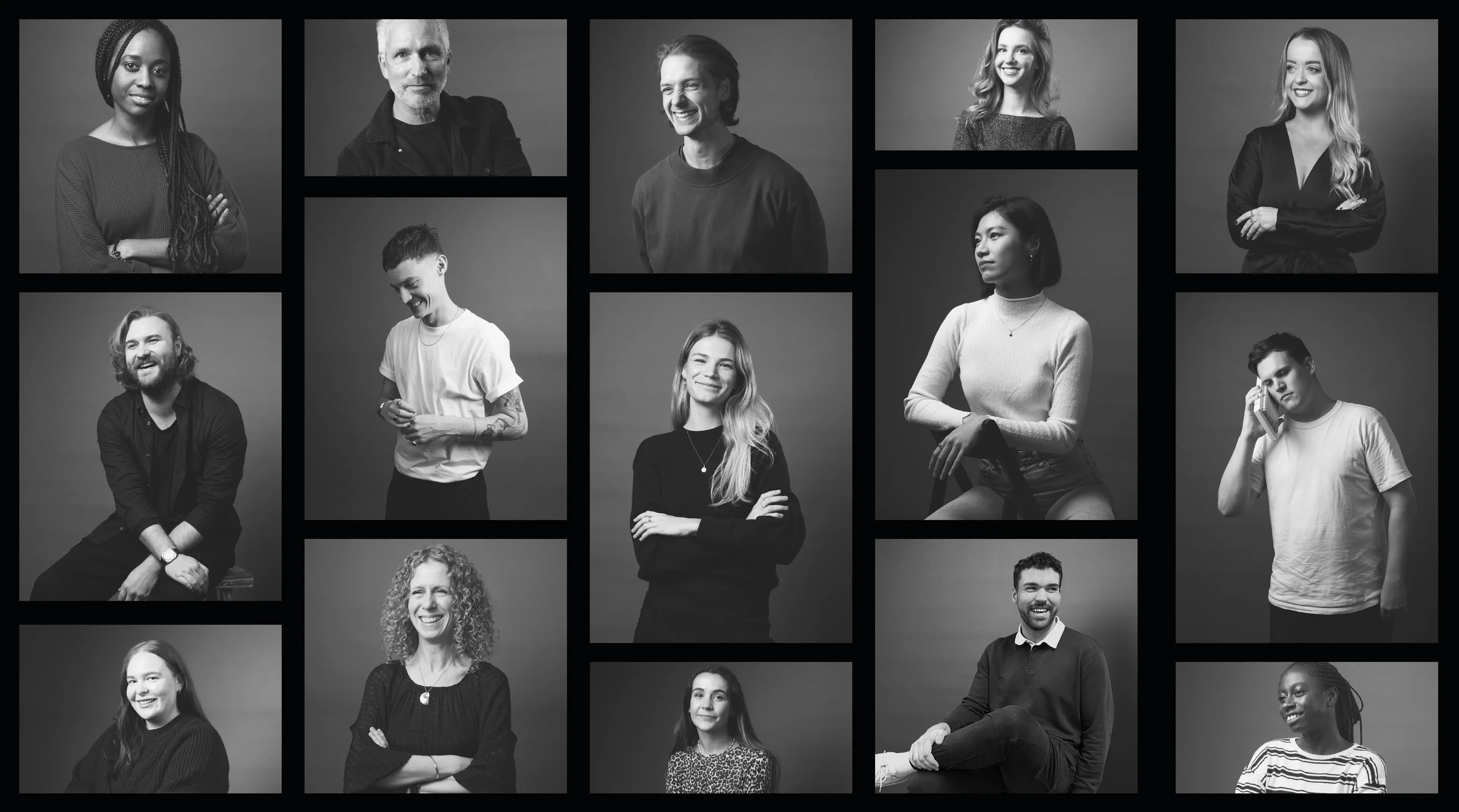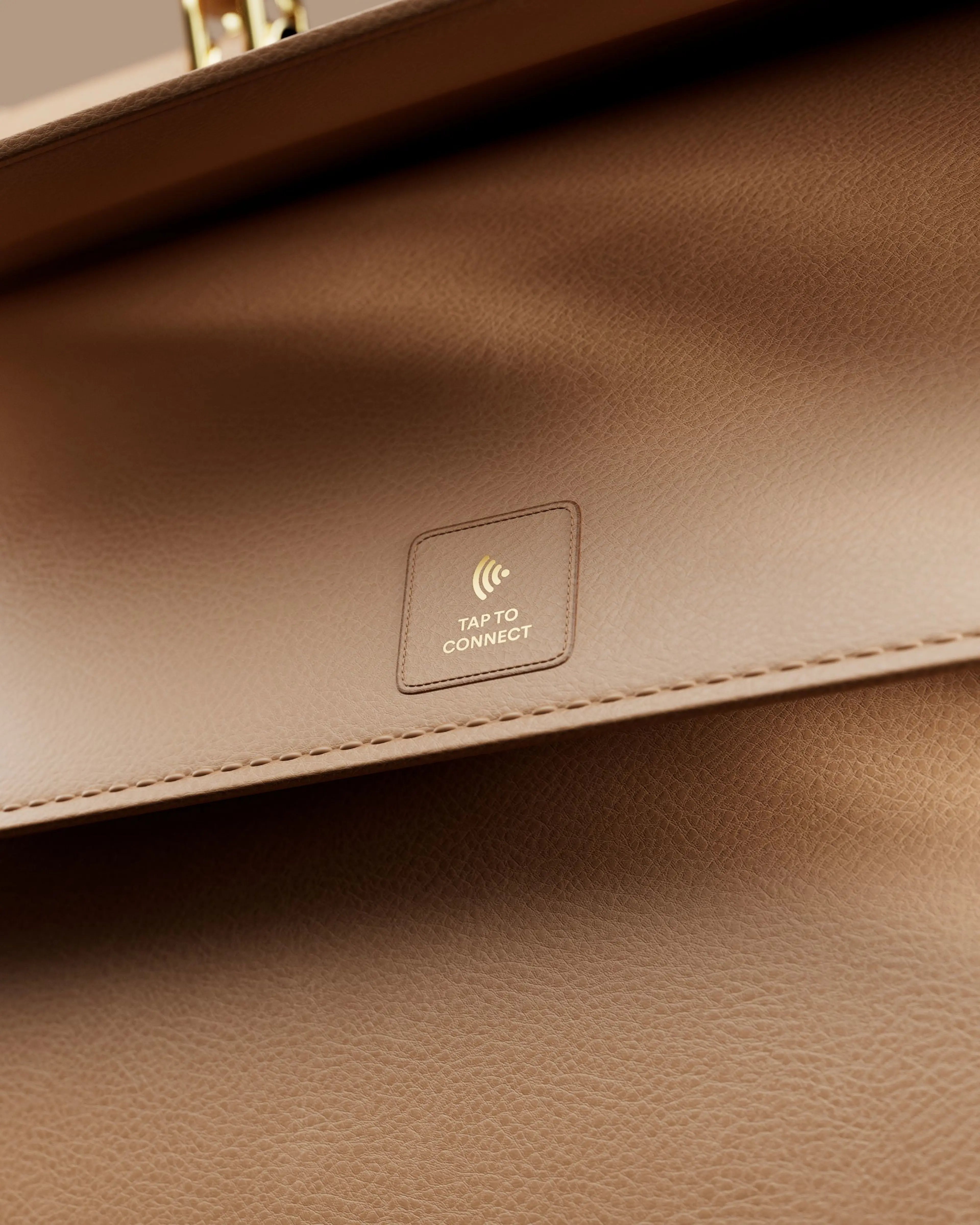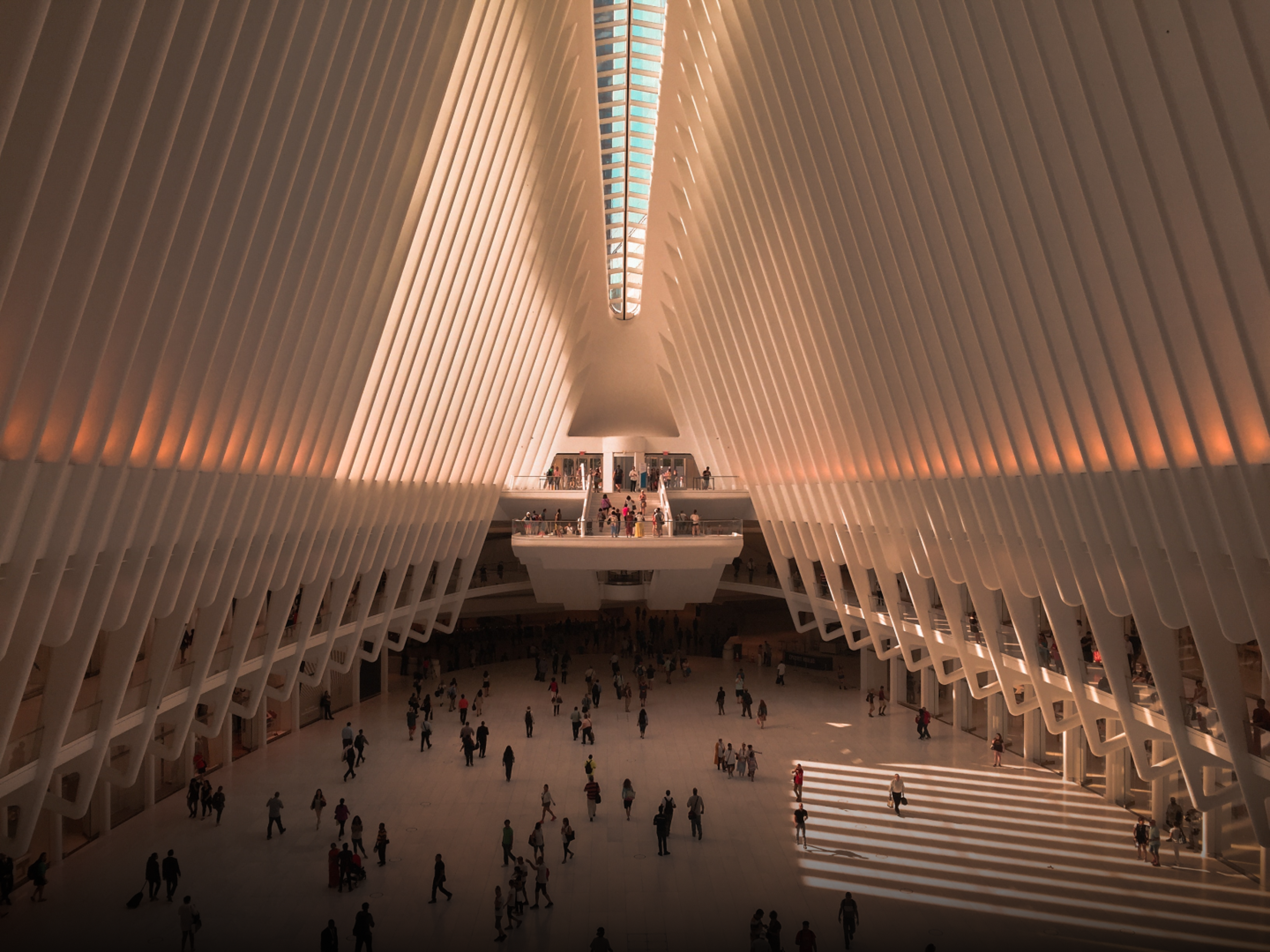
Luxury Commentary
1 Jun 2024
10 Min Read
Luxury Wine & Spirits Investments: How Can Brands Cultivate Collectibility
Fine wine and rare spirits are an increasingly credible asset class, with a global market value in the billions. More than that, owning products of high calibre possesses an intoxicating quality unmatched by other kinds of capital — whether investors drink it or not.
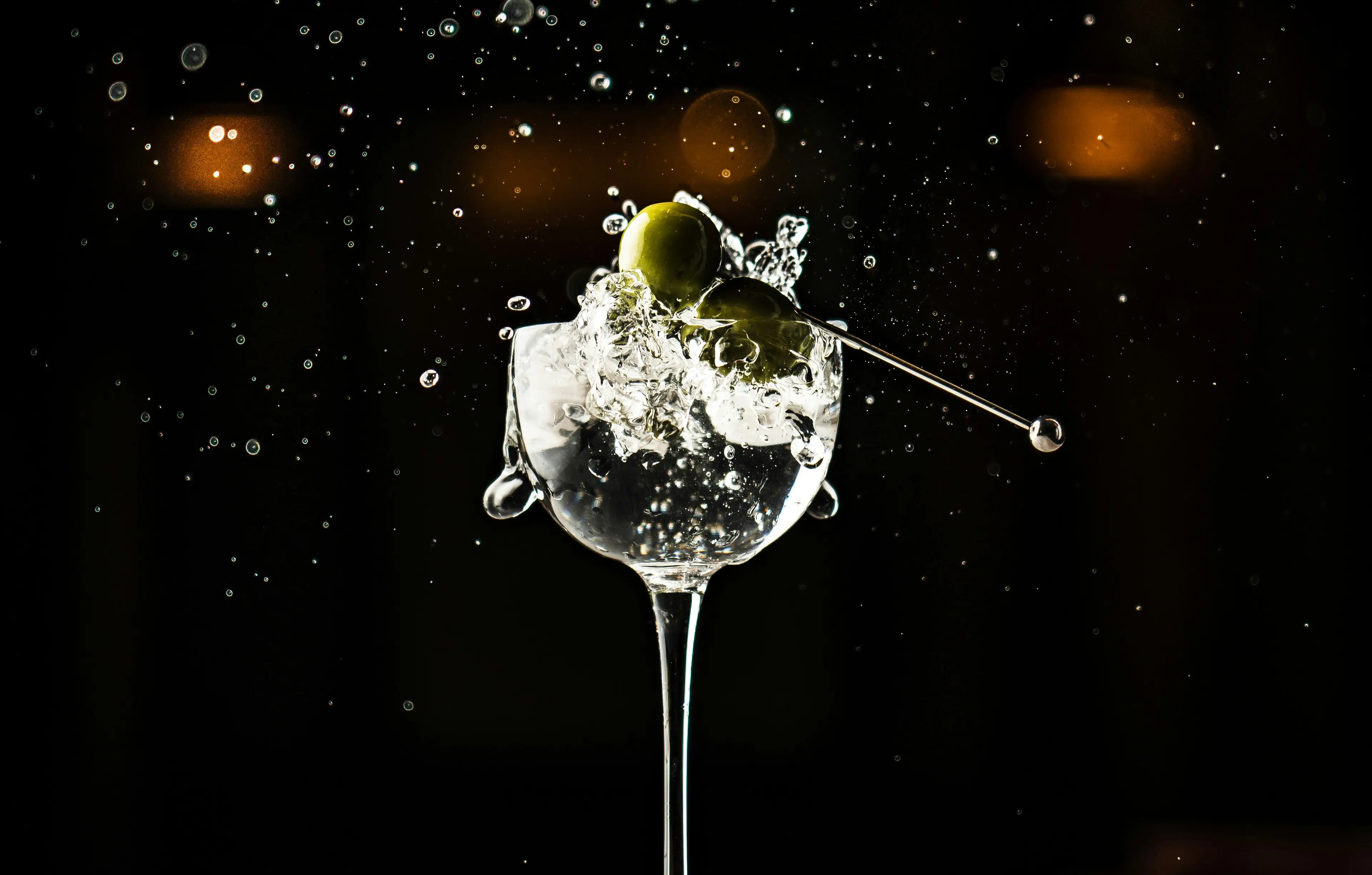
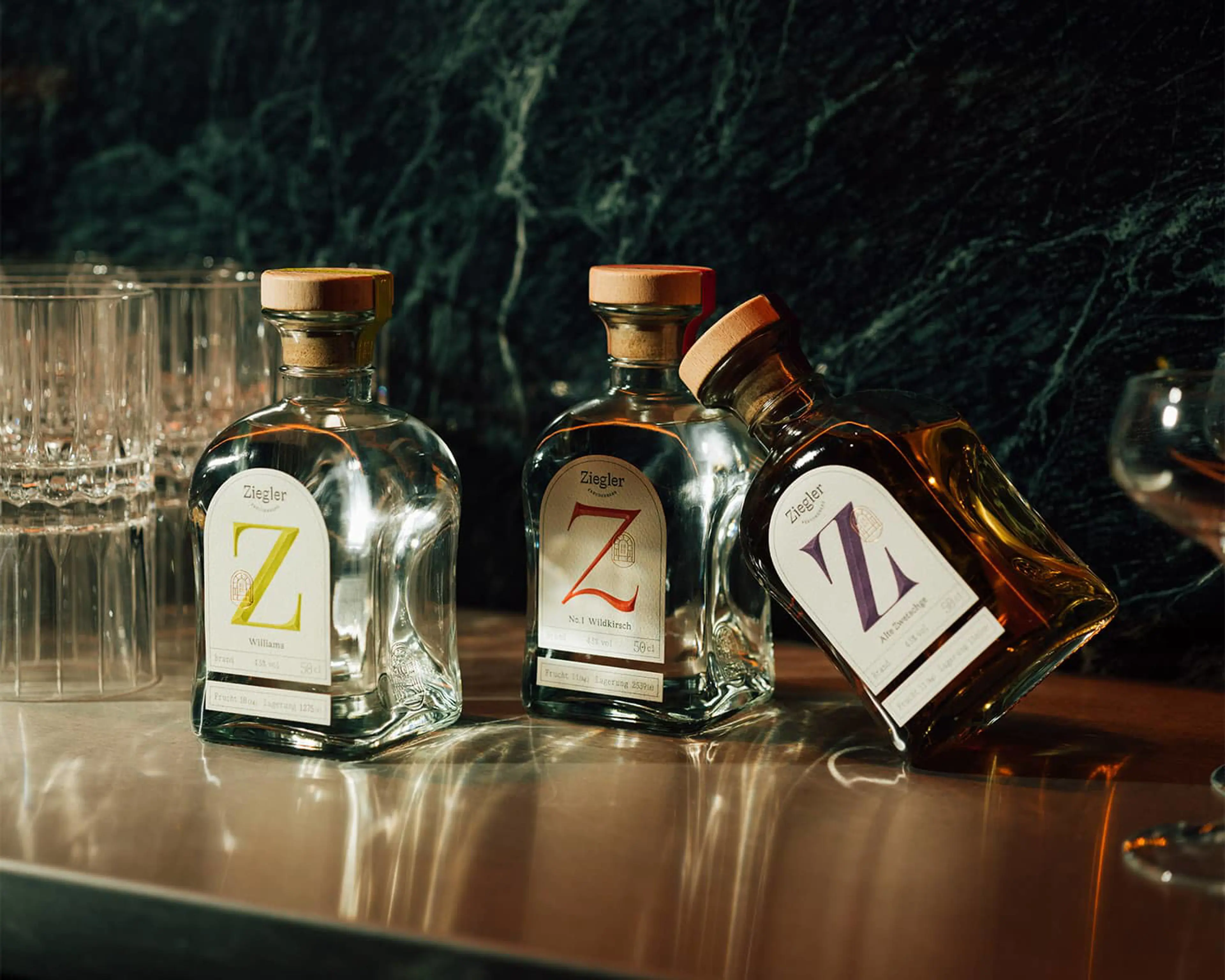
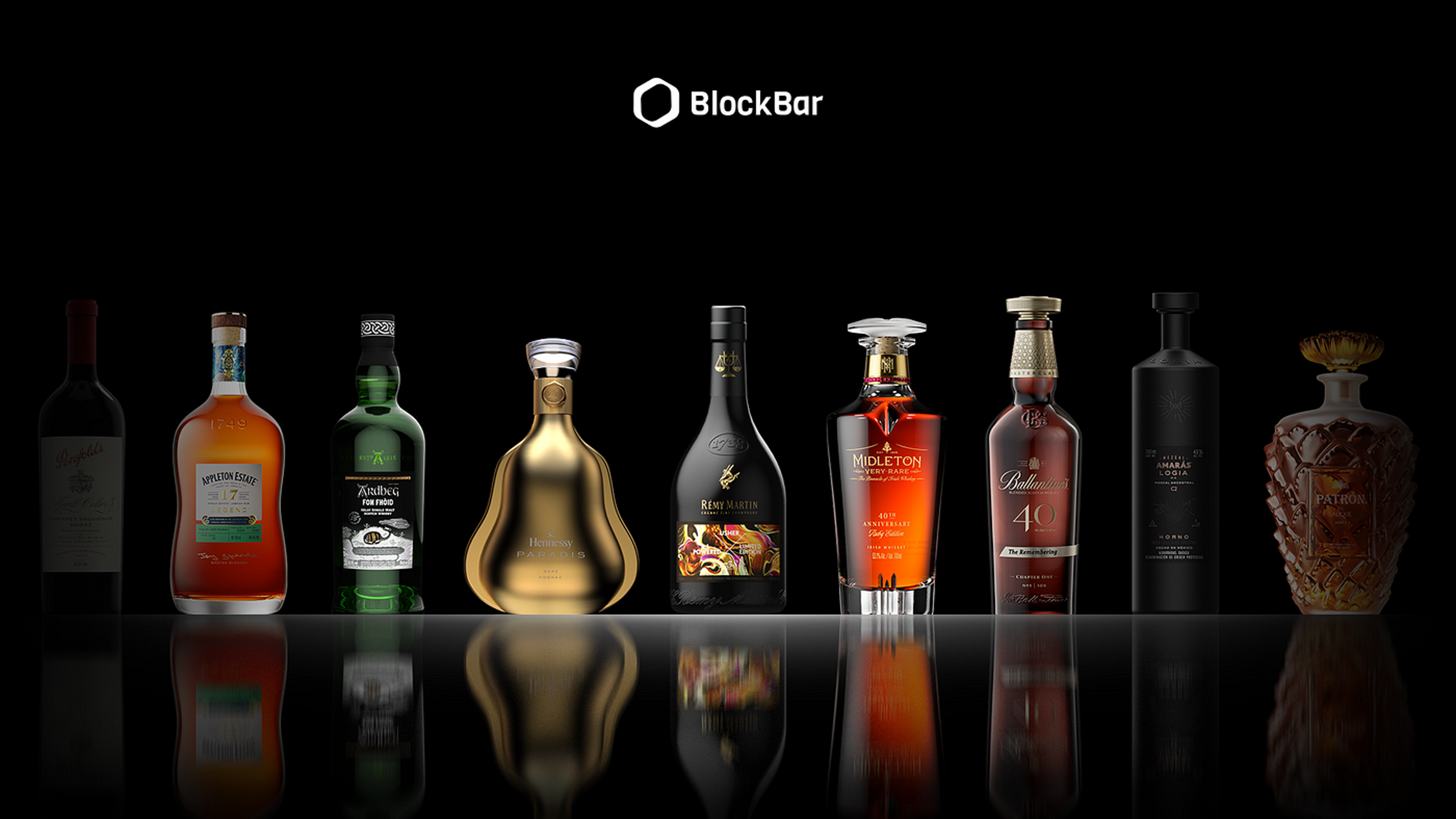



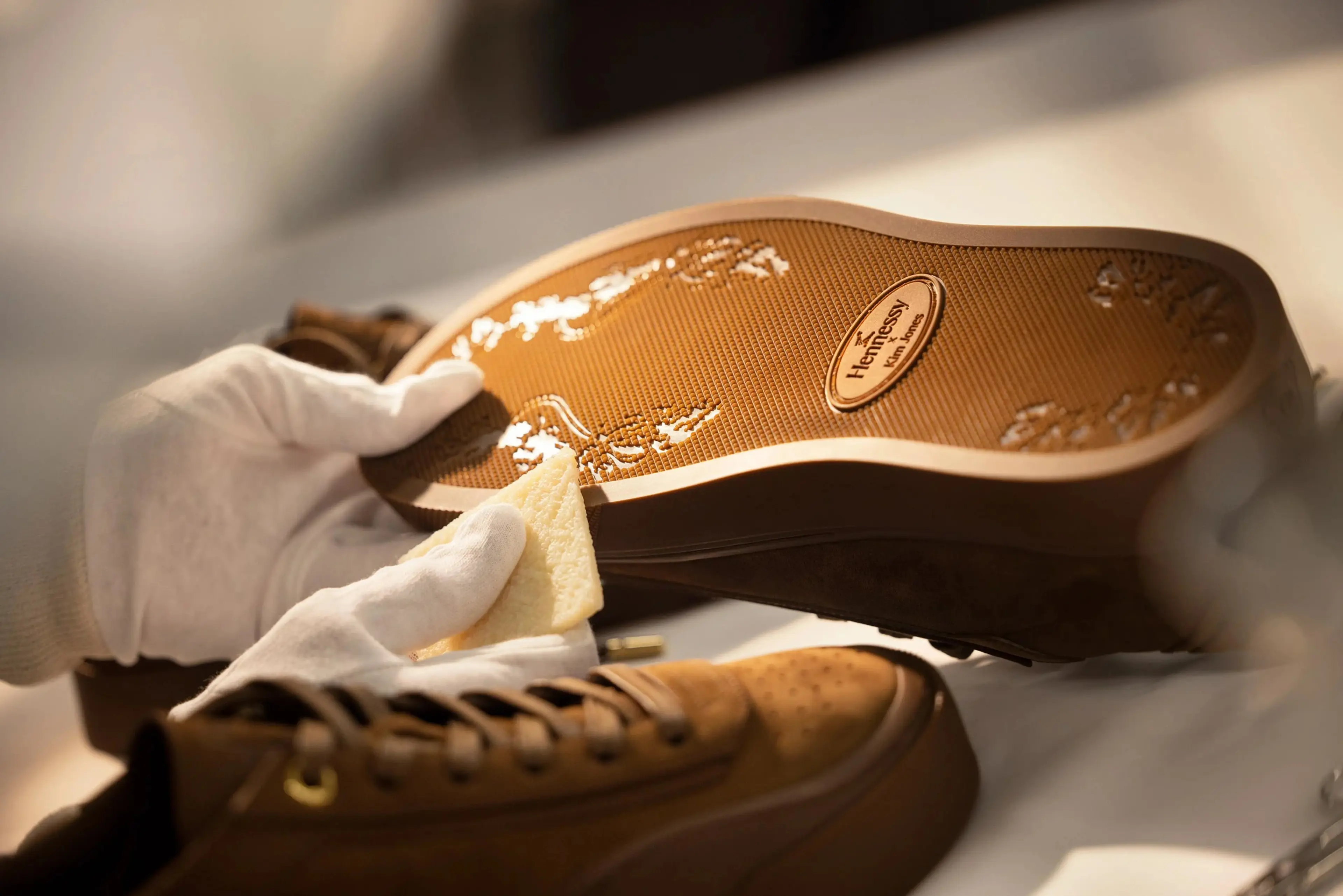
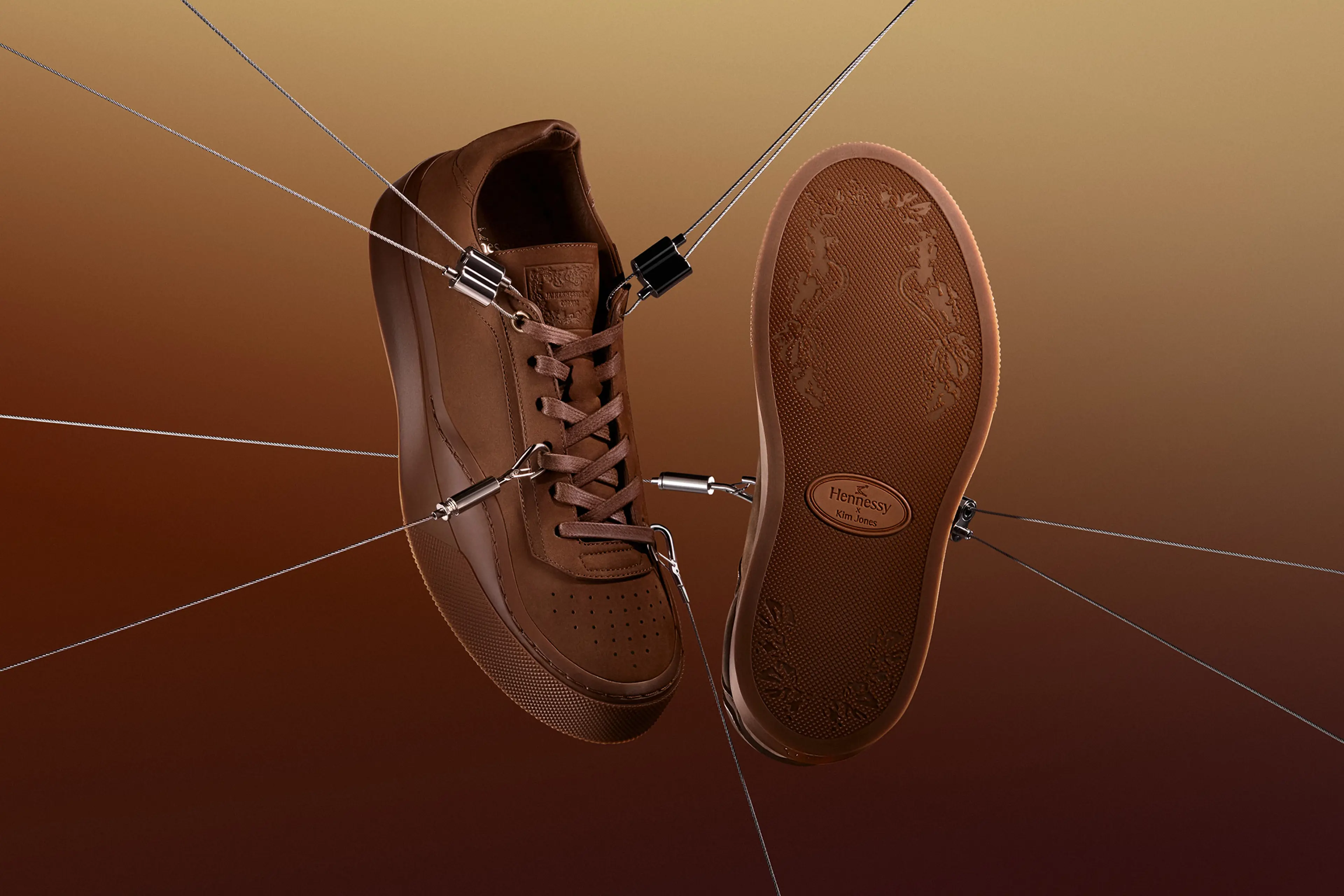
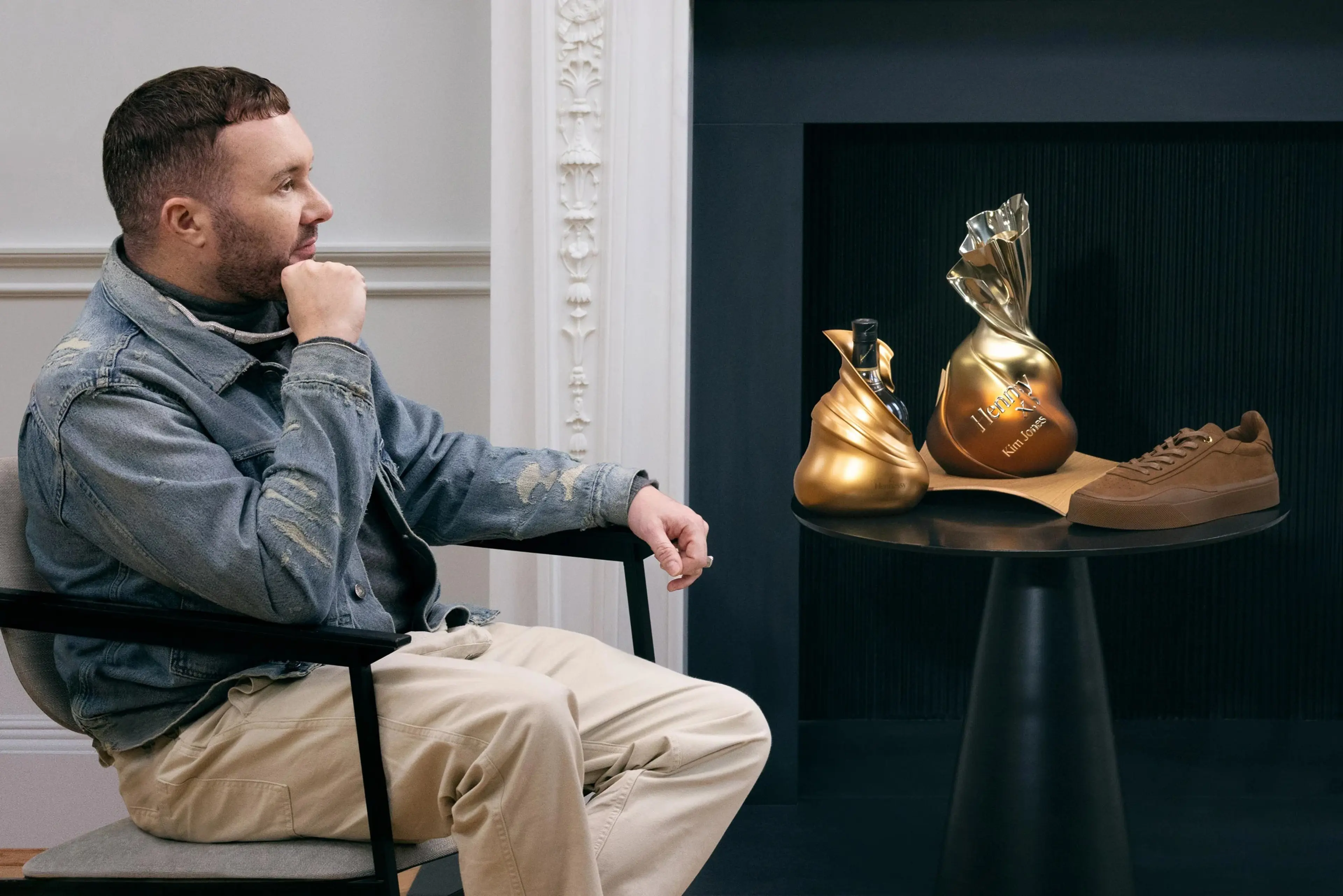
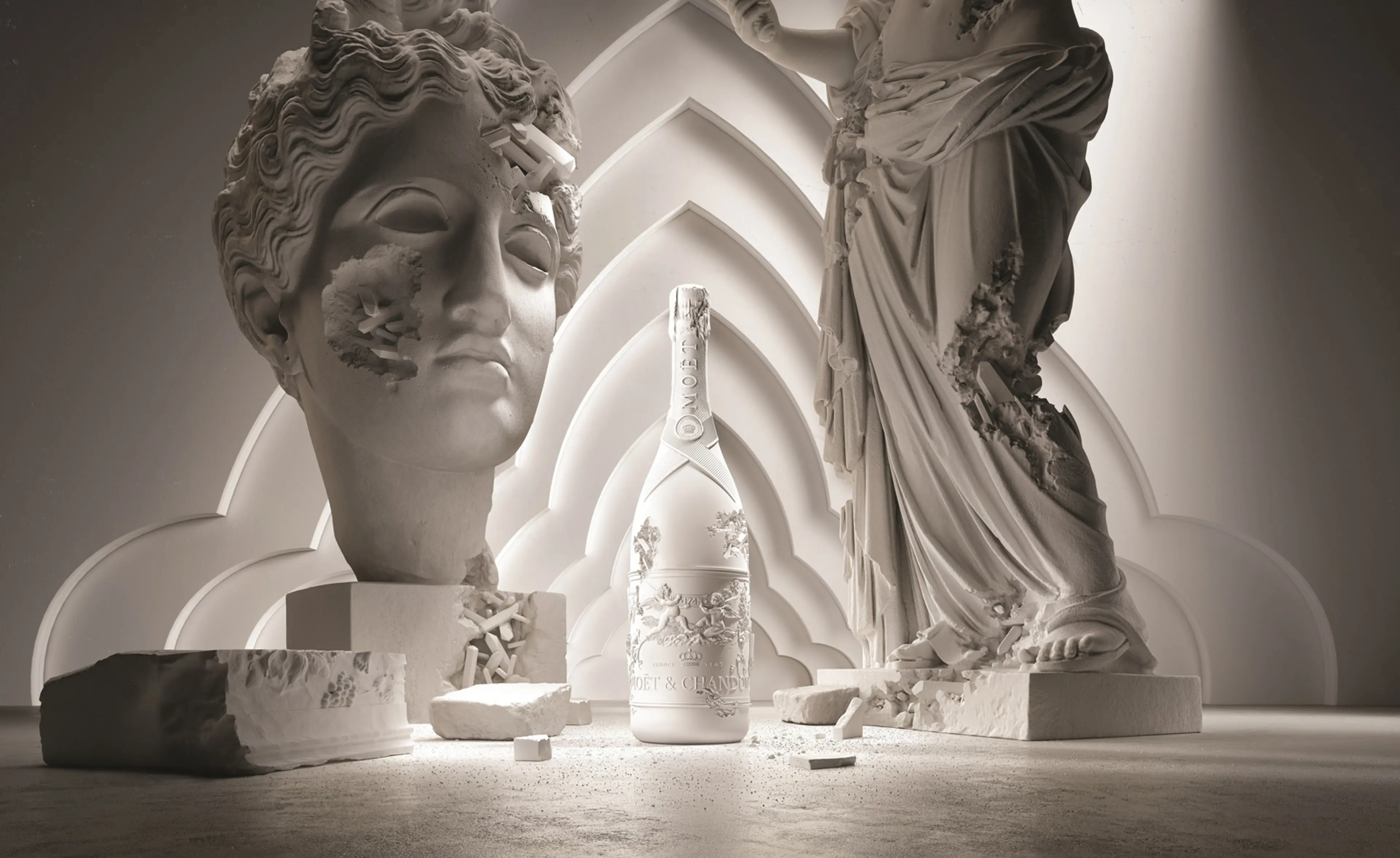
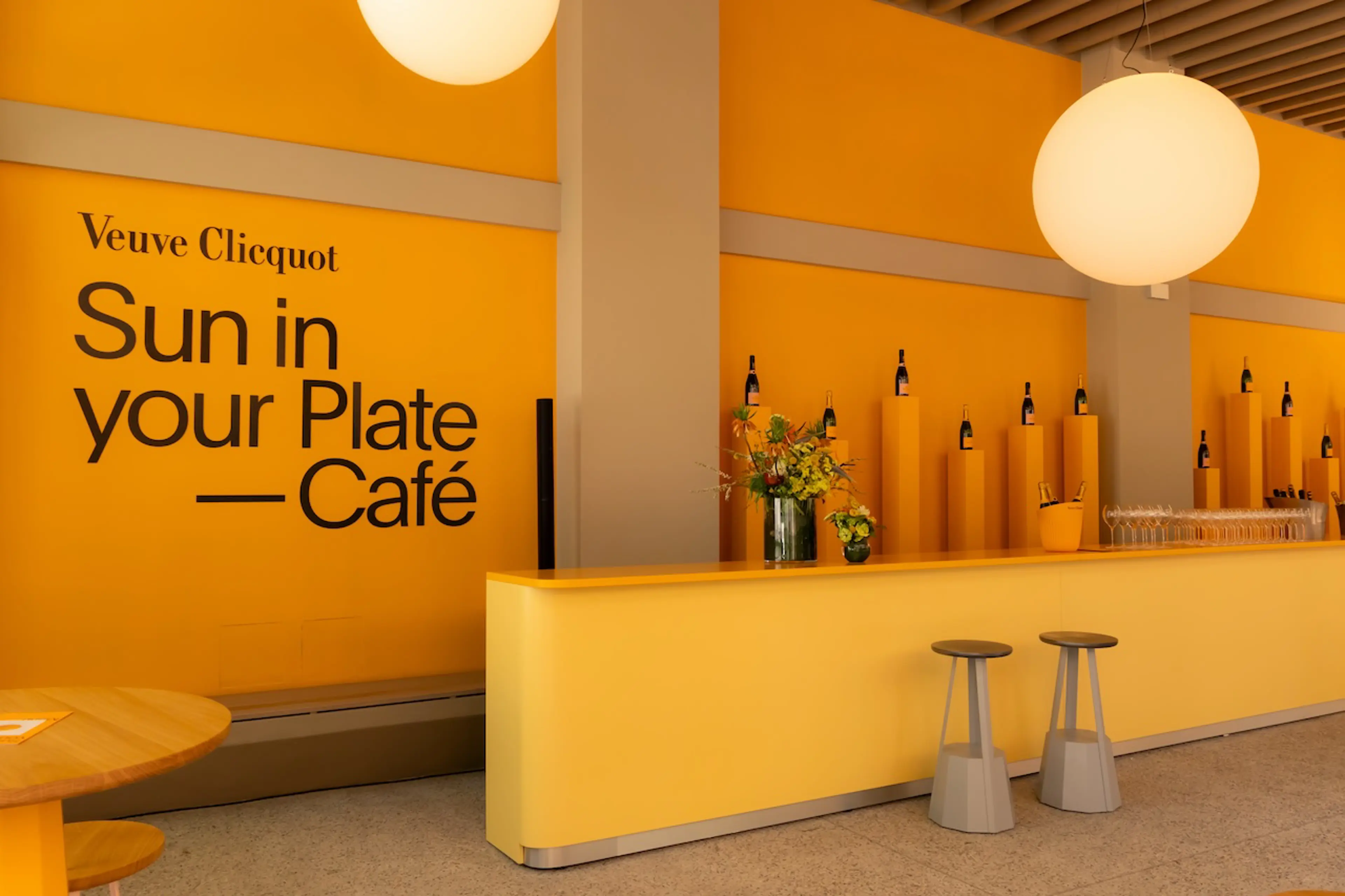
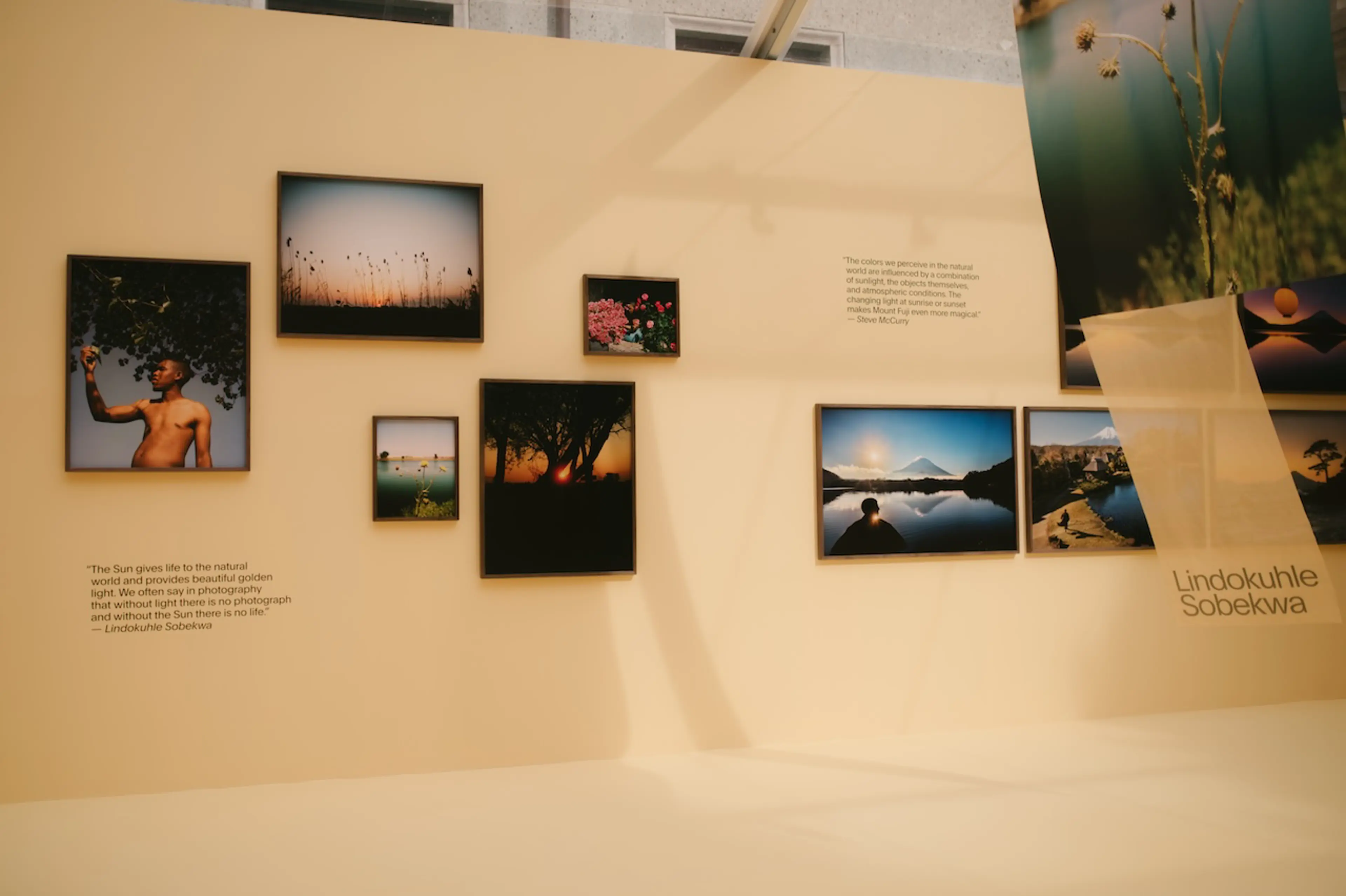
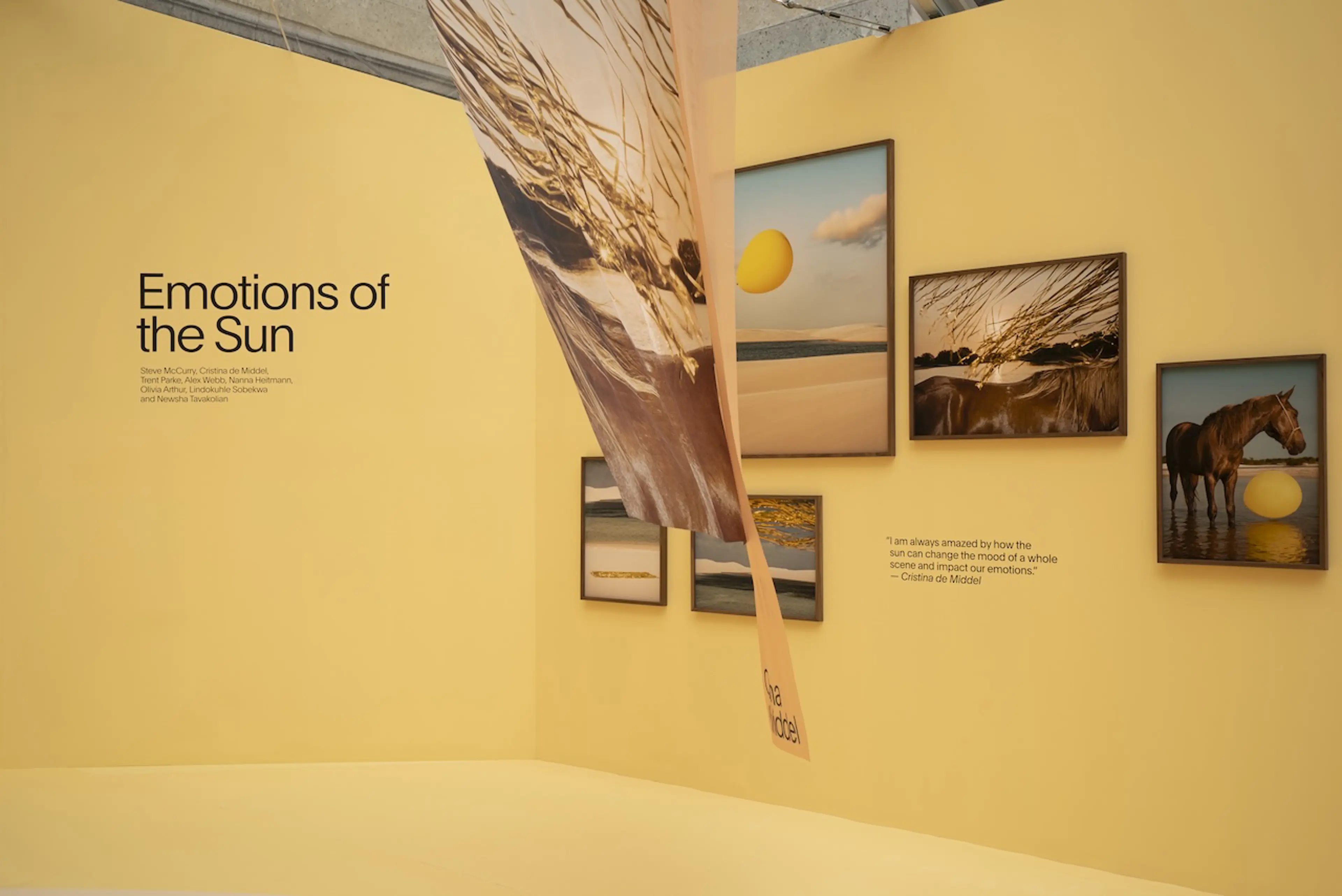
Brand & CX
Tech & Innovation
Design
Luxury Commentary
